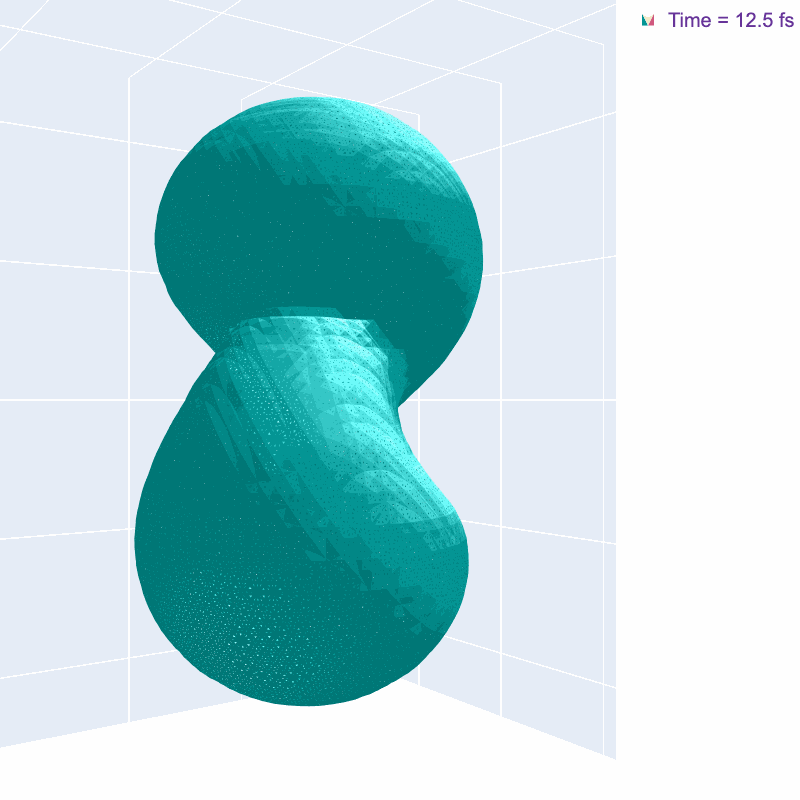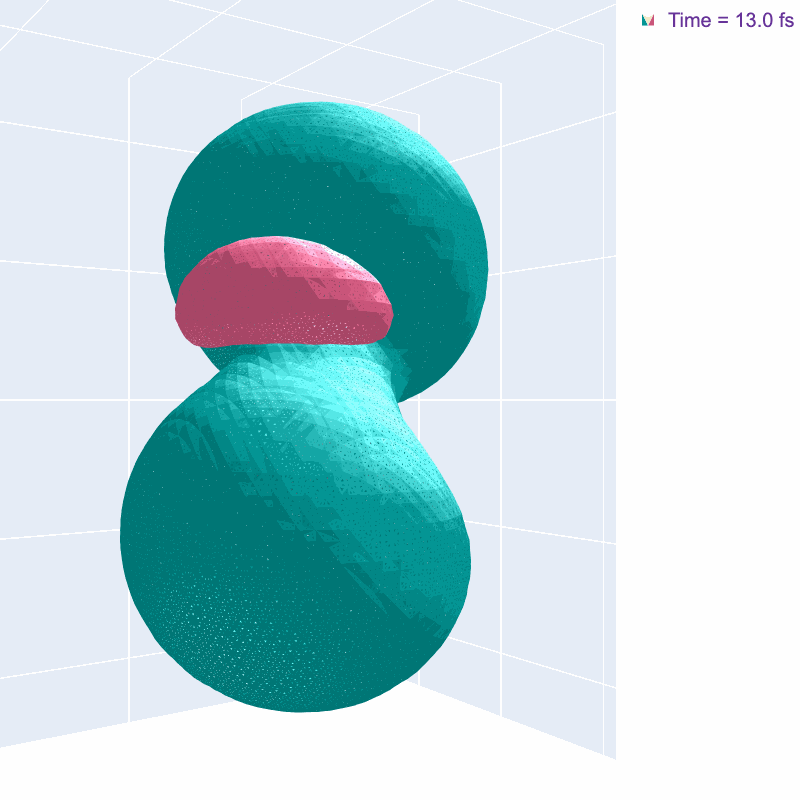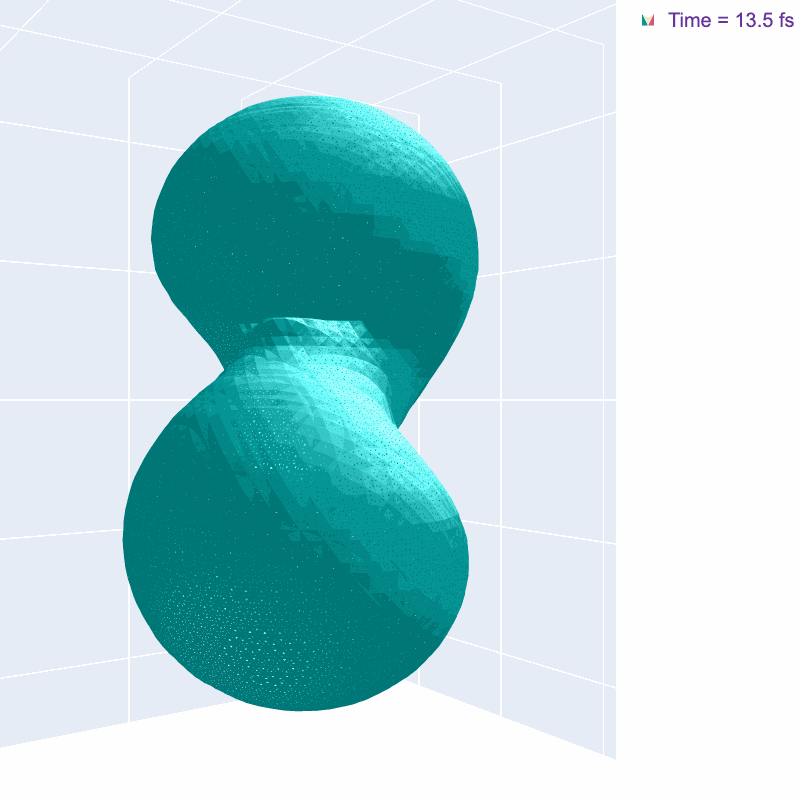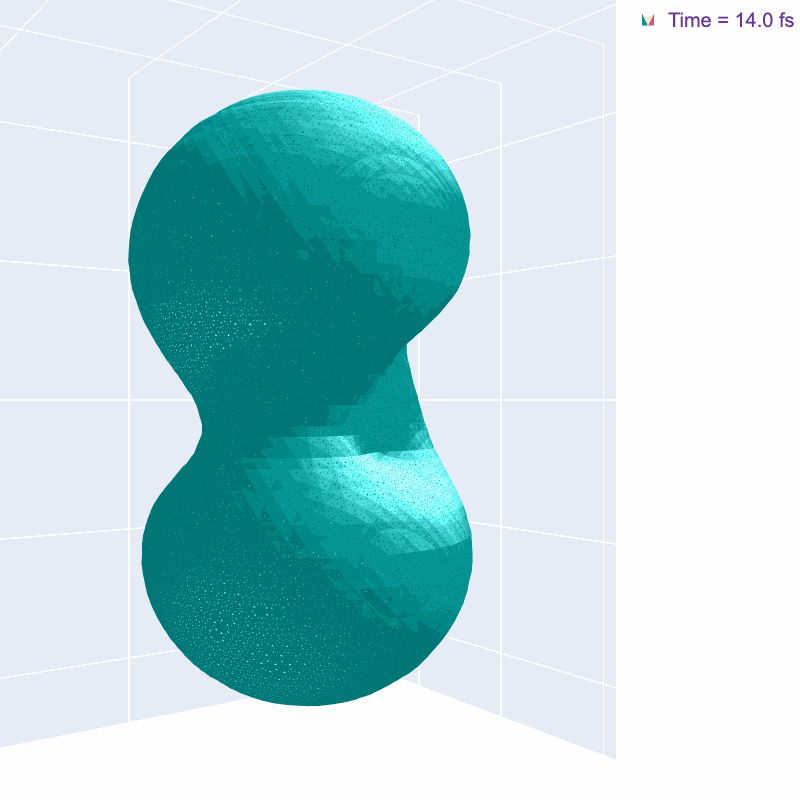Research
When a molecule is exposed to a ultrashort (< 10 fs), intense (~1014 W/cm2), low frequency (~ 1000 nm) laser field, an electron could be tunnel ionized from one of the highest occupied molecular orbitals. A superposition of ionic states are then formed. The quantum beat between the states lead to electron motion.
The short-term goal of my group is to help experiments to visualize attosecond (1 as = 10-18 s) to femotosecond (1 fs = 10-15 s) electon motion in molecules in realtime. We proposed two experimental schemes:
(1) Strong field dissociative sequential double ionization (DSDI) spectroscopy

To measure the electronic coherence, we use a more intense laser field to further ionize the target. Depending on the electronic coherence in the ion, the probe laser will create more excited ionic states, which will be quickly tunnel ionized to form dissociative dication. We predicted that the kinetic energy release (KER) of the ionic fragments (a) would carry the information about the electronic coherence and vibronic beating(b).
(2) Attosecond Transient Absorption Spectroscopy
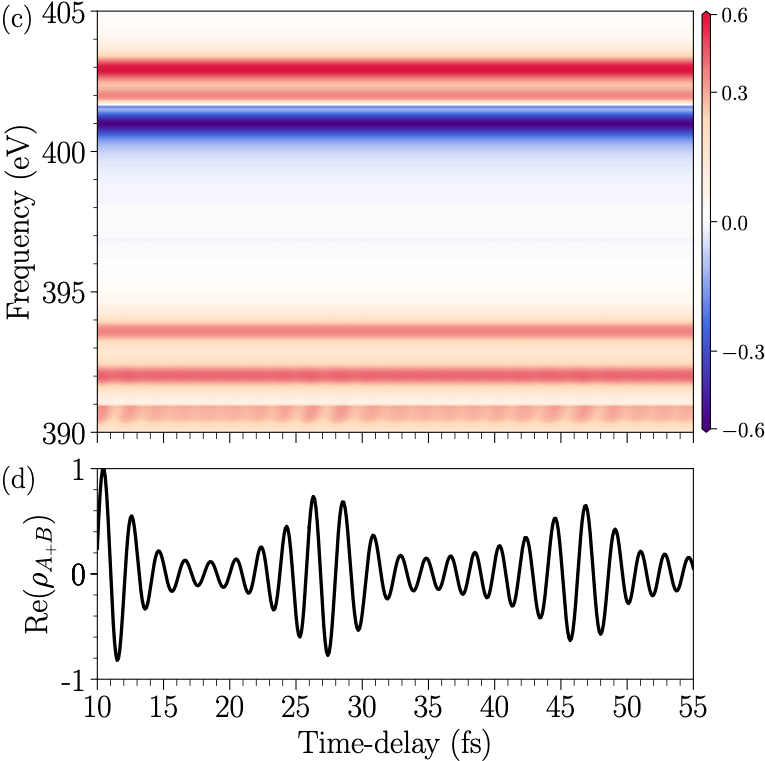
Alternatively, shining an attosecond soft x-ray laser pulse can trigger the resonant excitation of the core electron in the ion to the valence orbital, increasing the light absorption. In (c), the red/blue bands represent the increase/decrease of absorption after the target interacted with the intense pump laser. When two ionic states can reach the same core excited state, their coherence will imprint on the absorption spectrum (around 391 eV).
The two different probing mechanisms allow us to measure different electronic coherence in the target. Together with these two spectroscopies, we hope to reconstruct an electron movie like the following (500 as for each step):

